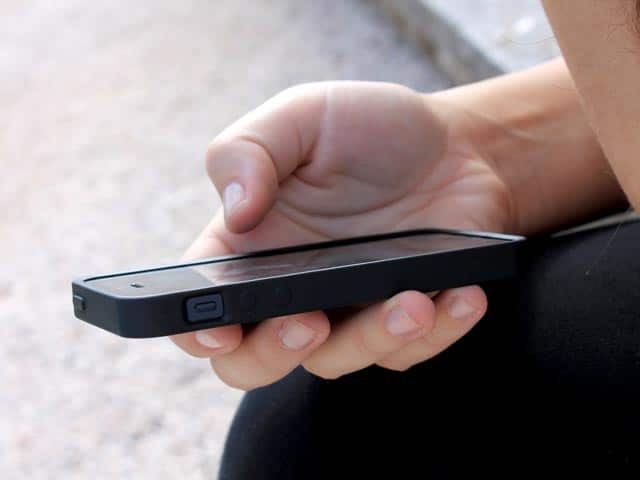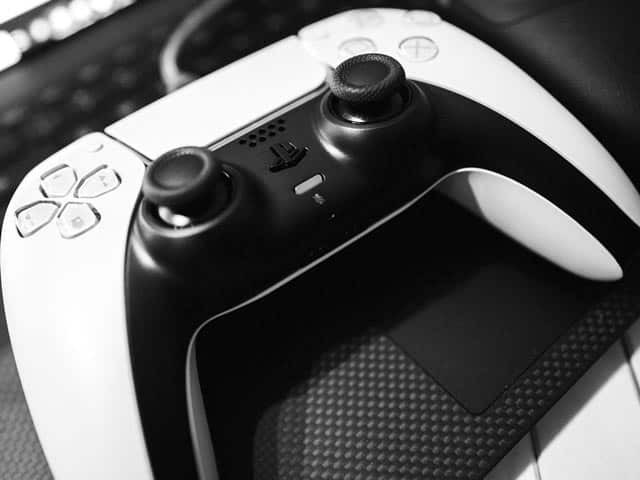Main menu
Common skin conditions

NEWS
Join DermNet PRO
Read more
Quick links
Author(s): Camran Yasin Miah, University of Manchester Medical School, United Kingdom. Copy edited by Gus Mitchell. August 2022.
Introduction Demographics Causes Clinical features Complications Diagnosis Treatment Outcome
Phantom vibration syndrome (PVS) refers to the false perception that one’s mobile phone or other technological device is vibrating when it is not.
Most often associated with excessive mobile phone use, it has been described as a tactile hallucination as the brain perceives the vibration that is not present. This pseudo-sensation can lead to psycho-social symptoms in some cases, however this area is understudied.
No specific population groups have been identified as having a greater prevalence of PVS. Anyone who owns a mobile phone or other technological vibrating device could theoretically develop PVS, with overuse carrying greater risk.
The aetiology of PVS is unknown and requires further investigation. It has been hypothesised as a misinterpretation by the cerebral cortex due to the large number of sensory stimuli continuously received by the brain. As the user anticipates a vibratory notification, stimuli such as muscle contractions are possibly misconstrued as a vibration sensation.

A smartphone with a vibration notification function

A video game controller with a vibration function
No cutaneous features of PVS have been identified in the research. However, PVS has been linked to some psycho-social symptoms such as:
PVS can be diagnosed by a thorough clinical history.
More research must be done on the outcomes of phantom vibration syndrome. Some studies suggest worsening of mental health related to anxiety and hypervigilance could possibly deteriorate into serious psychiatric issues if left unmanaged.